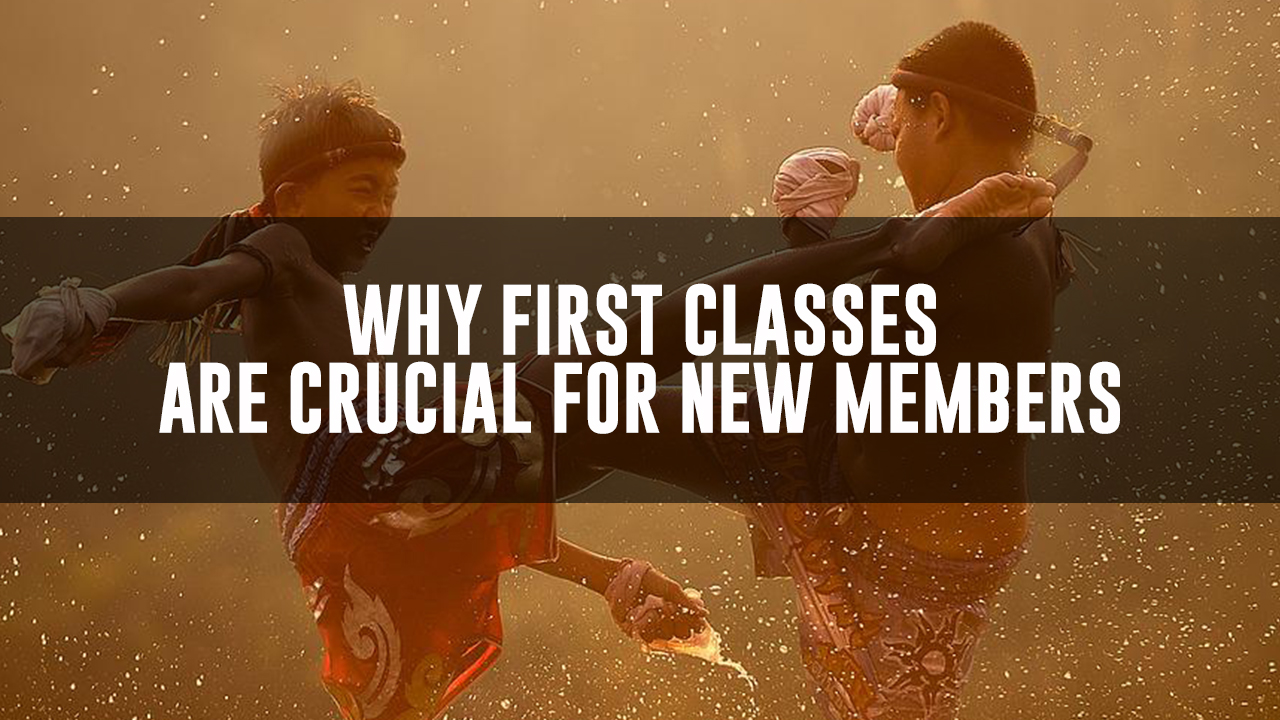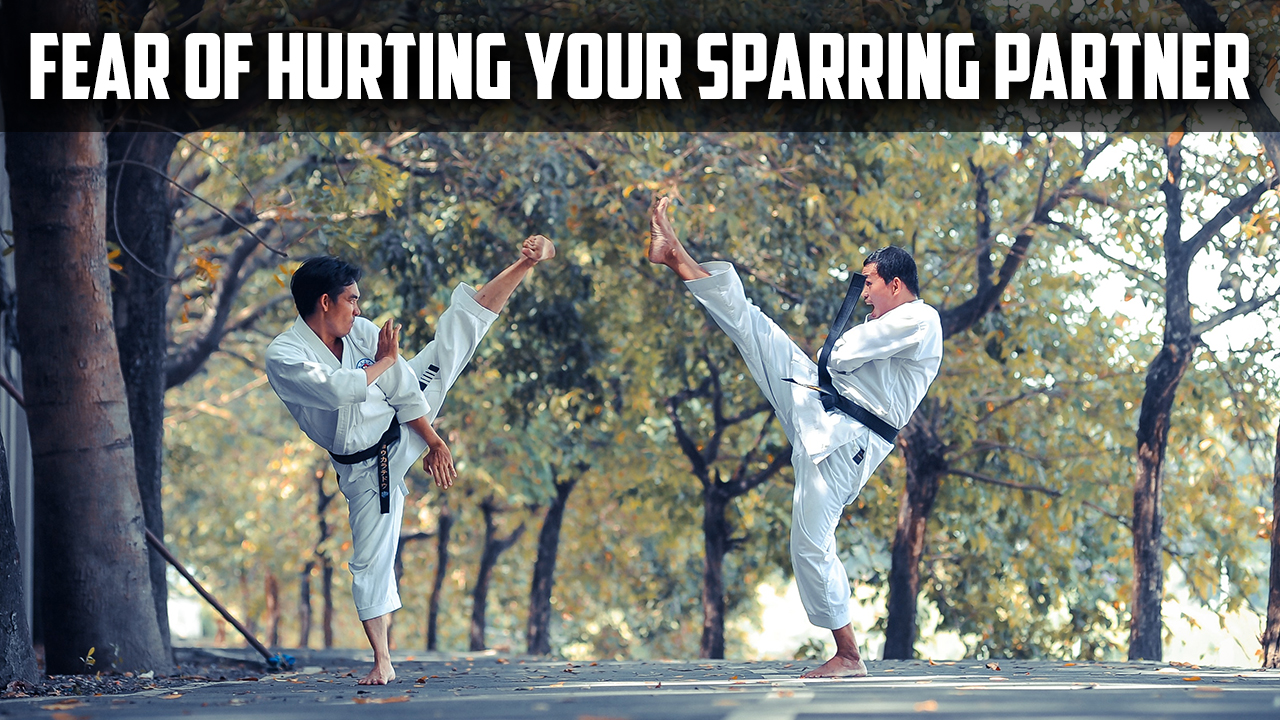
If you have collected all of your leads, this is the tip that we’re going to share with you, that you can also personally do in your martial arts school.
On Monday, pick up your phone and call them and say “Hey Mr. John, thank you so much for coming to my event, I’m so glad that you came, can I ask you a question? Did the kids enjoy it? Did they have a great time? Do you happen to know someone who comes into our studio and trains some martial arts?”
If they say yes…
You say, “That’s great, how long have you known them? They are really great in martial arts, they’ve been trained for a couple of years and I’ve witnessed the transformation, their confidence is better, and their focus and discipline are much better. I’m glad you’re friends with them.”
With this strategy, you have to know the students they know genuinely and you have to build rapport with them.
The goal is to make them into the school, and here’s what the transition looks like.
“How old is your son/daughter? You know what that’s a great age to start martial arts, they’ll get a lot of benefits from martial arts – discipline, focus, they’ll not get bullied, they’ll learn how to get better in school.”
It’s important to emphasize the values and benefits they can get out of the program, then ask them a question.
“If your child is going to do martial arts with us, what do you think they can get out of it?”
Then invite them to come in and visit your school and give them an incentive

